So, what's the big fuss about automation? In layman's terms, automation is the techy trick of making a device, a process, or a system run on autopilot. It's like having your own invisible sidekick who does the grunt work for you while you chill, or focus on the stuff that really matters. Automation can be found in various sectors—from smart homes and manufacturing to customer service and finance. Looking for more detailed examples of automation? Keep reading to see which areas of your work or personal life you can start automating today.
10 Examples of Automation in 2025
1. AI Automation

Imagine having a personal assistant who never needs a coffee break or a nap. Sounds like a dream, right? That's AI automation for you. Using artificial intelligence, this type of automation can perform a wide range of tasks, from complex decision-making to simple tasks like booking a meeting. It's like having your own personal Alfred, without needing to be a billionaire vigilante at night (although we wouldn't judge you if you were). (Magical AI can help you draft emails quickly, as one example.)
The most popular example of AI automation is IBM's Watson, a super-intelligent AI developed to handle complex problems and decision-making. Watson uses machine learning, natural language processing, and data analytics to absorb information, understand it, learn from it, and then make decisions based on this knowledge. ChatGPT would also fall under this bucket, which you can use to automate writing and strategy tasks.
2. Task Automation

Task automation is like decluttering your work schedule. It focuses on automating repetitive tasks that don't require critical thinking—kinda like cleaning your virtual room so you can focus on the cool stuff. Whether it's scheduling posts for your social media account or setting reminders for your deadlines, task automation takes care of the mundane stuff. It's adulting, without the boring parts.
A great example of task automation is IFTTT (If This Then That). It allows you to create workflows known as 'Applets' which trigger when a specific event occurs. For example, you can set up an Applet that saves your Instagram posts to Dropbox or switches off your smart lights when you leave the house. It's like having a helpful elf turning off your lights when you leave to save the North Pole some electricity.
3. Workflow Automation

Last but not least in this trio is workflow automation. This smooth operator assists in streamlining business processes; like a nifty conveyor belt, it moves tasks along from one step to the next. Workflow automation ensures that no task falls into the cracks, improving efficiency, and reducing the risk of human error. It's like having a well-rehearsed orchestra playing in your work operations
Among the best examples of Workflow Automation is our very own Magical. With Magical, you can automate simple workflows like sending outreach to a new lead using their information on LinkedIn. Or using AI to generate responses for your customer support tickets on Zendesk. Magical is a free Chrome extension that anyone can use to automate repetitive tasks and workflows, saving an average of seven hours per week.
4. Home Automation
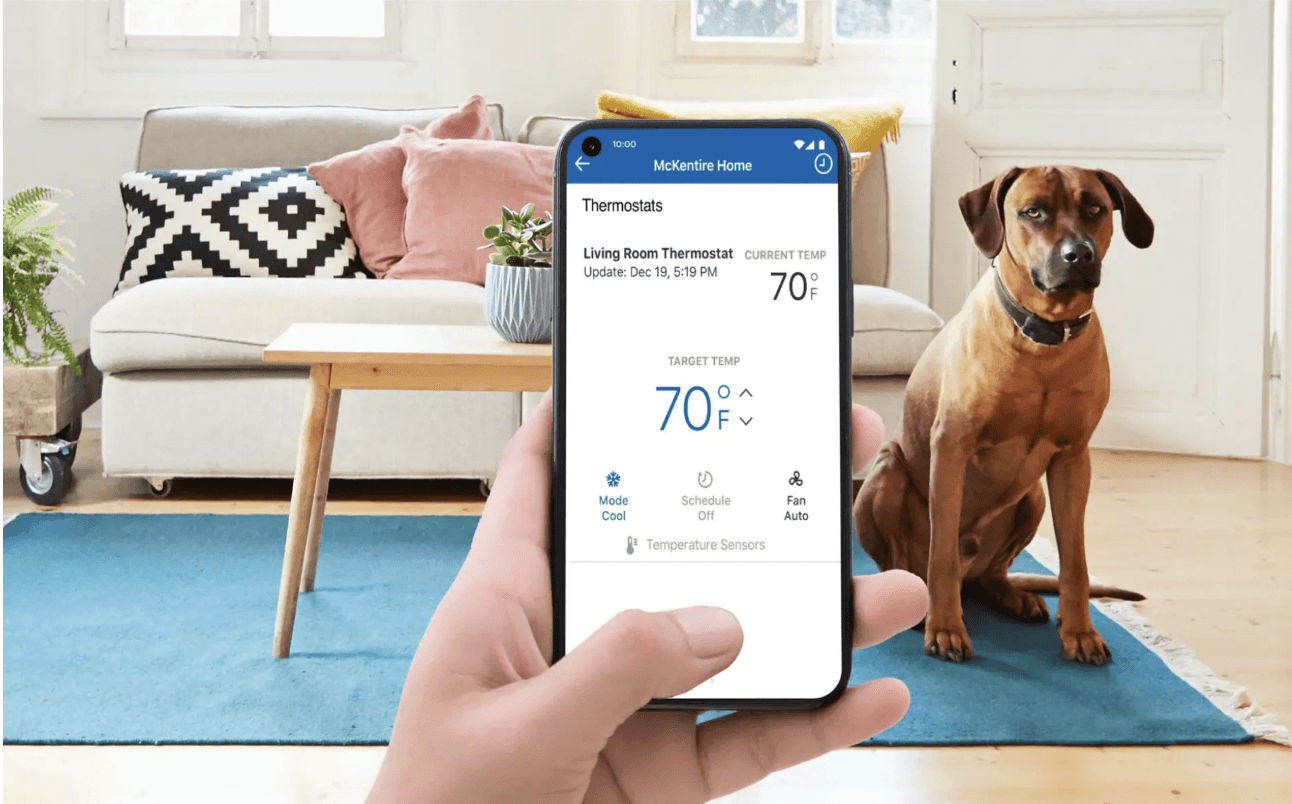
Picture this: you walk into your home after a long day and your lights automatically switch on, your favorite tunes start playing, and your thermostat adjusts to a cozy temperature. This isn't some futuristic movie scene, but a reality made possible by home automation. Home automation refers to the use of tech to control and manage household tasks and functions, from lighting and heating to security systems.
SmartThings by Samsung is leading the way in home automation. With this tech, you can control your lights, thermostat, and even home security with a simple mobile app. You can set routines like "Good Morning" that adjust your lighting, play music, and warm up the room as you rise and shine. It's like walking into a sci-fi movie in your own living room.
5. Manufacturing Automation
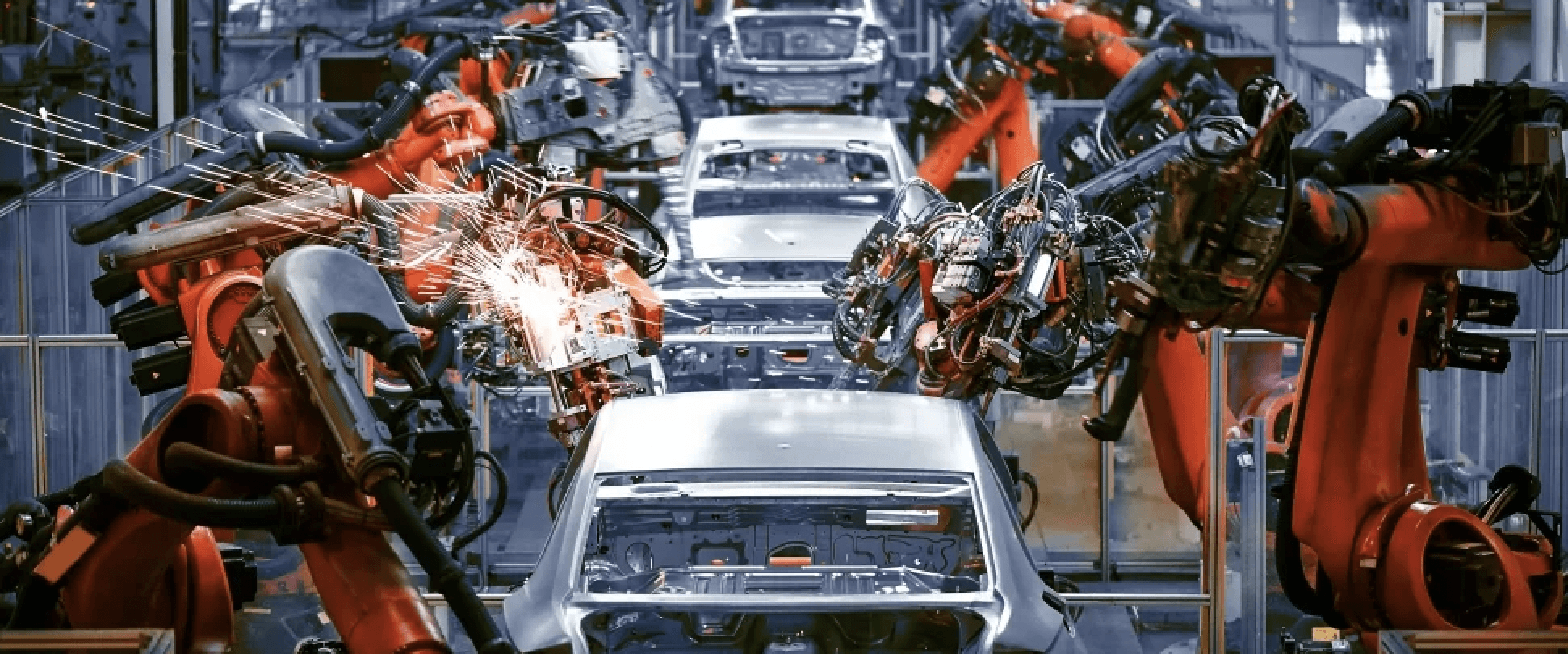
Shifting from the home front to the industrial, manufacturing automation is another powerful application of automation technology. Here, production processes, such as assembly, inspection, and packaging, are managed by automation systems like robotic arms and conveyor belts. This type of automation has revolutionized industries, ramping up production rates while minimizing the occurrence of human errors.
Fanuc Corporation is known for revolutionizing manufacturing automation with its wide range of robots. These robotic arms can do everything from assembling car parts to packaging products, drastically improving productivity while reducing human error. It's as if Optimus Prime got a part-time job in a fulfillment center.
6. Customer Service Automation

Ever chatted with a customer service representative online, only to realize later that you were interacting with a bot? Welcome to the world of customer service automation. Businesses are increasingly using Artificial Intelligence and other technologies to automate responses to common customer inquiries, deliver personalized recommendations, and even handle complaints. This ensures a quick and efficient customer service experience, available 24/7.
Take a bow, Zendesk. Their customer service software uses AI to answer common inquiries, directing more complex cases to human agents. It allows businesses to provide rapid support around the clock without overworking their staff. Kinda like a friendly bot who's got the answer to everything.
7. Marketing Automation
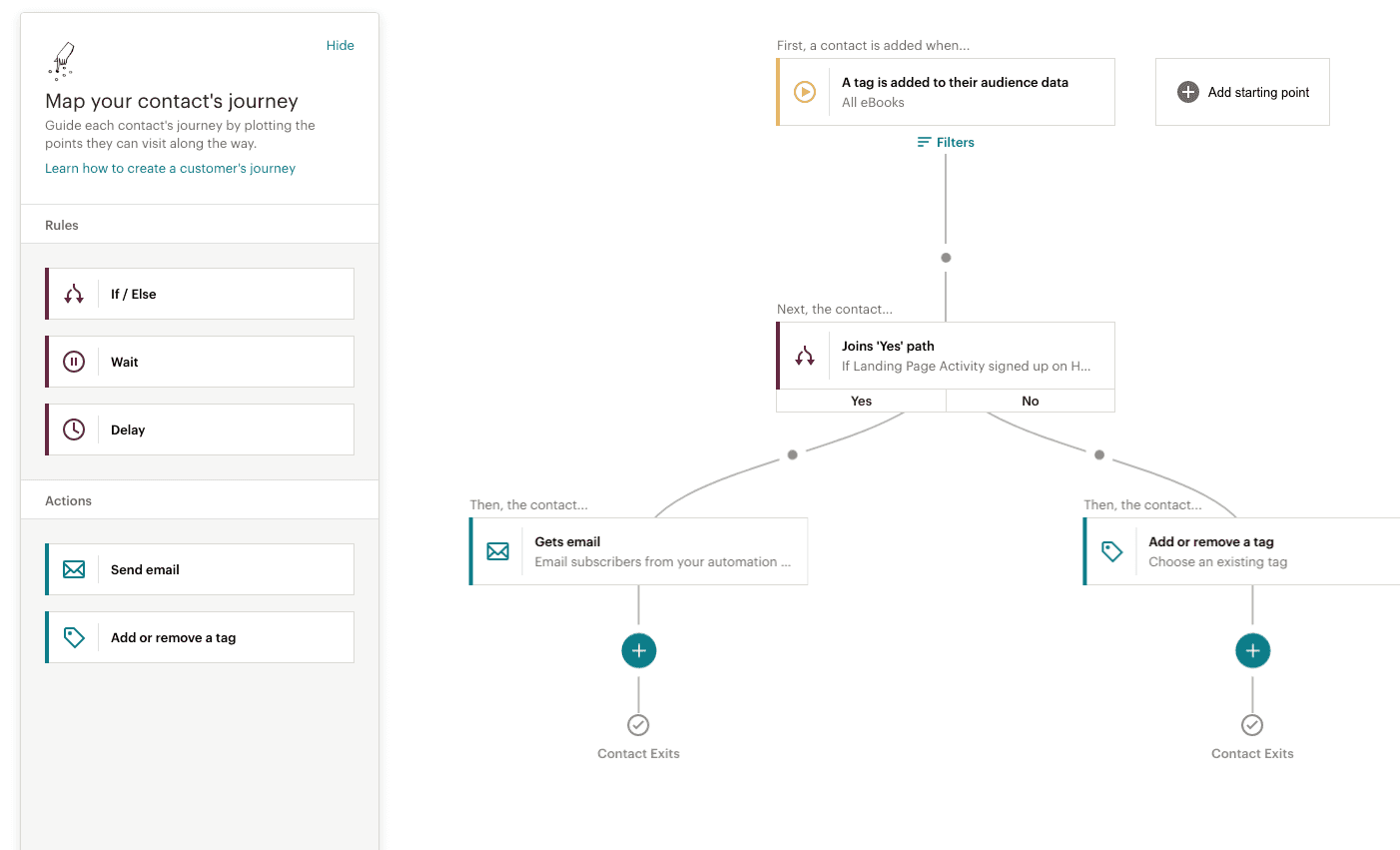
In the digital age, marketing has also embraced automation. Marketing automation encompasses software and technologies designed to automate repetitive marketing tasks. These can include email campaigns, social media posting, and even ad placements. By automating these tasks, businesses can consistently engage with potential customers while freeing up time to focus on more strategic efforts. For more insights, check out our ultimate guide to workflow automation.
Mailchimp is a go-to platform for marketing automation, allowing businesses to create, automate, and measure email campaigns. Actions like sending birthday discounts to loyal subscribers or following up on abandoned carts are automated with ease. It's like having a personal marketer sending out thousands of handwritten notes in record time.
8. Financial Services Automation
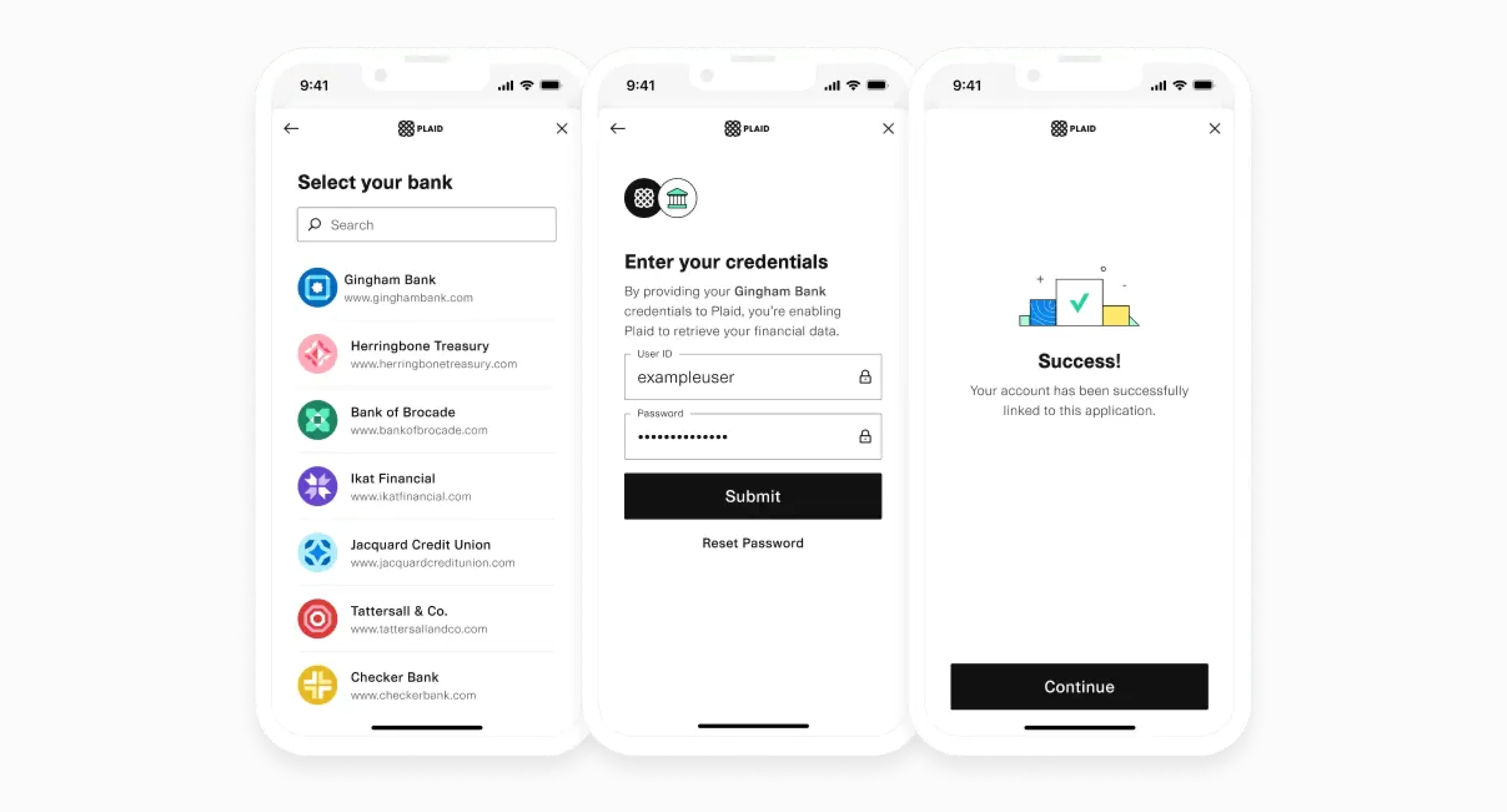
Last, but definitely not least, we delve into financial services automation. In this realm, activities like data entry, account reconciliation, and report generation are being automated, thereby increasing accuracy and reducing the time taken to complete these tasks. This also extends to financial planning and advisory services where automation tools can provide personalized investment advice based on an individual's financial history and goals.
Financial automation firm, Plaid, connects financial accounts with apps to automate tasks like account verification and transaction tracking. It's like having a smart ledger that does your finances while you sip on your latte.
9. Transportation Automation
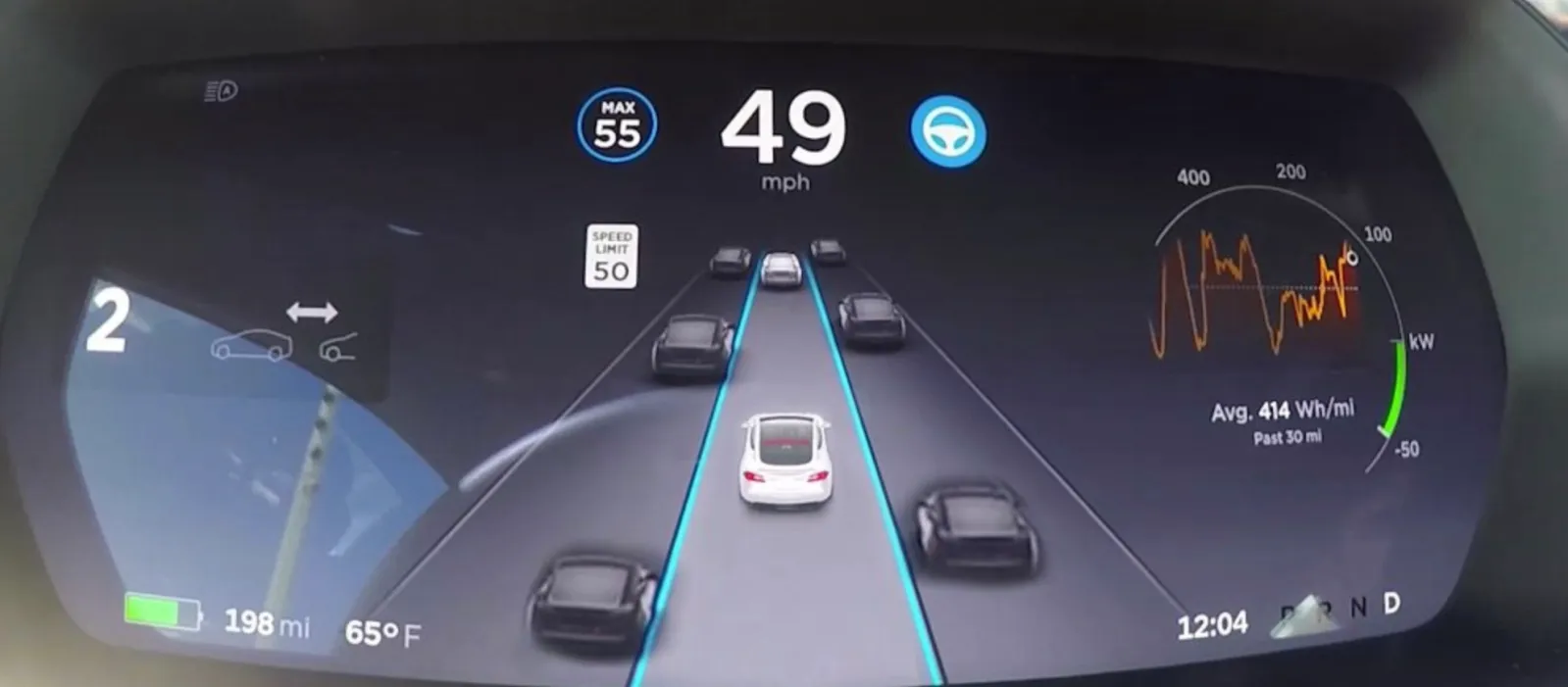
Say goodbye to the good old days of manually driving cars. Transportation automation revolves around the use of technology to control vehicles, triage traffic flows and even schedule public transport. Driverless taxis, automated metros, and delivery drones are no longer concepts in sci-fi movies, but emerging realities transforming our landscapes. But don't worry, we're not expecting flying cars just yet.
Tesla's Autopilot feature is transforming the way we drive. The technology uses advanced sensors and AI to control the vehicle, ensuring safer and more efficient travel. Who needs KITT from Knight Rider when you've got a Tesla?
10. Data Entry Automation
Finally, let's talk about data entry automation. Time to bid adieu to the tedious task of inputting data manually. Data entry automation involves using software to accurately and efficiently process large volumes of data. Whether it's filling out online forms, transferring data between databases or simply updating records, this automation streamlines operations and frees up employees to focus on tasks that require a human touch. It's like having a virtual assistant who never makes a typo.
Magical is another great example here, as this handy Chrome extension can pull information from your open tabs into any online spreadsheet. No more copying and pasting, the sheet just fills itself out for you. Woah.
Benefits of Automation Examples
Let's delve into the advantages each automation example brings to the table.
Scale Faster with AI Automation
AI automation takes your productivity level up a notch—or three. It can handle high-volume, repetitive tasks quickly and accurately, saving you big on time and reducing human error. AI's ability to learn and adapt makes it invaluable for data analysis where it can spot trends, patterns, and irregularities faster than you can say "AI automation." Whether it's answering customer queries or guiding online shopping recommendations, AI automation makes businesses more responsive, efficient and personalized.
Get More Done with Task and Workflow Automation
The major perk of task automation? You don't have to worry about the humdrum stuff anymore! By automating routine tasks like sending follow-up emails or scheduling social media posts, you free up time to focus on strategic decision-making and creative thinking—which are way more satisfying (and less likely to lead to carpel tunnel). Plus, task automation equals consistency. Once you set it up, it'll keep working with the same efficiency and accuracy every time, and won't call in sick on Mondays.
And workflow automation makes sure nothing falls between the cracks. It's like a diligent project manager—only cheaper and less likely to take a two-week vacation just when you need them most. By automating and streamlining business processes, workflow automation ensures tasks are completed accurately and efficiently, improving communication within teams and keeping everyone in the loop. It offers a clear audit trail and makes sure tasks are done in the right order by the right person. Added bonus? It reduces reliance on paper, which is great news for trees.
Efficiency of Home Automation
Imagine, after a tiresome day, your home welcomes you with just the right temperature, lights dimmed to your liking, and your favorite playlist on. Sounds dreamy, right? Well, that's what home automation delivers. It not only simplifies your life but also enhances your home's energy efficiency. By optimizing the use of appliances, home automation reduces unnecessary energy consumption, leading to a decrease in your utility bills. You can control your home's functionality from anywhere, allowing for a seamless and convenient living experience.
Productivity of Manufacturing Automation
Manufacturing automation has revolutionized the industry by enhancing productivity and reducing errors. Automated machines tirelessly work 24/7, producing a higher volume of goods with precision and consistency. This not only reduces the chance of human error but also increases the yield and quality of products. In an era where time is money, manufacturing automation is the key to staying competitive. Check out our ultimate guide to workflow automation to learn more about how to boost your productivity.
Customer Satisfaction with Service Automation
In the customer service realm, automation helps in providing swift and accurate responses to customer inquiries. This translates into higher customer satisfaction rates. Automated customer service tools, such as chatbots, can handle multiple customer queries simultaneously, ensuring no customer feels neglected. With quicker resolution times and personalized service, automated systems have become a boon for customer service departments.
Increased ROI with Marketing Automation
Marketing automation is your secret weapon to achieving a higher return on investment. It allows you to streamline your marketing tasks, track customer behavior, and deliver personalized content. This results in more effective campaigns, better lead nurturing, and a higher conversion rate. To get a better understanding of this, read our post on how to automate tasks: software & tips.
Accuracy of Financial Services Automation
Accuracy is paramount in financial services, and automation is the perfect tool to ensure it. Automated systems can process vast amounts of data without the risk of human error, ensuring precise calculations and accurate financial reports. Furthermore, automation software can track and analyze financial trends, helping businesses make informed decisions.
Ultimately, the key benefits of automation lie in its ability to enhance efficiency, productivity, customer satisfaction, ROI, and accuracy. These advantages span across various sectors, making automation an indispensable tool in today's fast-paced world. However, the journey to successful automation begins with understanding your needs and choosing the right tool. Stay tuned for our next section on how to implement automation in your business.
How to Implement Automation
Choosing the Right Automation Tool
Embarking on the journey of automation is like setting sail on a vast sea, and your choice of automation tool is the ship that will ferry you to your destination. There's a broad array of automation tools out there, each with its own strengths and specialties.
When selecting the appropriate automation tool, consider factors such as ease of use, scalability, and integration capabilities. For instance, if you're planning to automate your marketing processes, you might seek out a tool that integrates seamlessly with your CRM, enabling a smooth flow of data between systems. You can find more about such tools in our list of sales automation tools.
Assessing Your Automation Needs
Once you've got your hands on the right tool, it's time to take a step back and assess your automation needs. This isn't a one-size-fits-all scenario – what works for one business might not work for another.
Ask yourself, what processes are monotonous and time-consuming? Which tasks can be done faster and more accurately by a machine? What parts of your workflow cause bottlenecks? Answering these questions will help you identify the areas that will benefit most from automation. Check out our ultimate guide to workflow automation for a deeper dive into this topic.
Setting Up Your Automation System
With the right tool in hand and a clear understanding of your automation needs, you're now ready to set up your automation system.
Begin by mapping out your current processes. This will give you a bird’s-eye view of your operations and make it easier to spot areas for improvement. Next, configure your automation tool to handle these processes. Remember, automation is not about replacing humans, but rather about augmenting human capabilities, so make sure to leave room for human intervention where necessary.
Lastly, ensure everyone involved understands the new processes and how to manage the automation system. After all, even the most advanced automation system won't be of much use if the people supposed to use it are left in the dark.
Start Automating Today With Magical
Automation is more than just a buzzword; it's a powerful tool that can boost efficiency, productivity, and accuracy across various sectors, from home automation to financial services. By choosing the right tool, assessing your needs, and setting up your system correctly, you can harness the full potential of automation and steer your business towards a future of increased productivity and profitability.
You can start automating repetitive tasks today using Magical. Download the free Chrome extension to make tasks disappear like magic—including emails, messages, data entry, and filling sheets. Basically, if it's something you don't enjoy doing in your job, you can probably find a way to automate it with a tool like Magical. Loved by over 500,000+ people at 20,000+ companies, Magical saves the average user seven hours per week on busywork.
